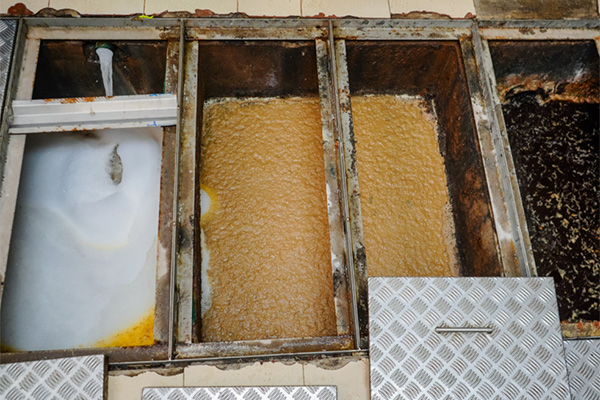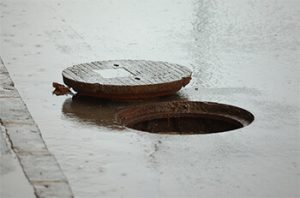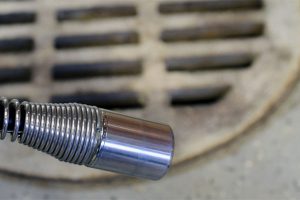“Grease traps separate out fat, oil, and grease from water poured down the sink, catching it and collecting it in a separate tank while allowing the wastewater to discharge freely. Ideally a food filter will be plumbed between the sink and grease trap to stop any bits of food waste that haven’t been caught by a sink strainer, filtering them out before they reach the grease trap.
A common question is whether grease traps work effectively with dishwashers. They can, but the siting of the unit is then the key question. Hot temperatures generated by dishwashers can break down the waste water and the trap may fail to catch the FOG at the point of discharge; causing a blockage further down the pipe. However, placing the grease trap at a distance from the dishwasher will enable the water to cool sufficiently enabling the trap to capture FOG as the water solidifies. It is essential to look at the spec of each unit to work out the installation distances. ”
Read the full post here.
In the U.S., grease traps are required for every food service facility. This is to help protect sewer systems from clogs and slow running drains. Imagine the damage that would be done if every restaurant was allowed to dump their grease and waste down the drain? Typically, smaller indoor grease traps are cleaned every 14 days while larger outdoor traps should be cleaned every 3 months. These regulations vary by state and fines may be imposed if the cleaning is not performed within the specified time frame.
At DC Annis Sewer are commercial service includes grease trap pumping. If you run a food service business and want to set up regular cleaning, call us at 612-861-6425. You can also visit our commercial services page for more information.






